Theory of fundamental interactions
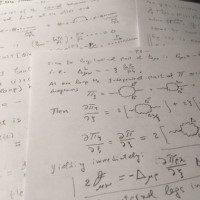 The known elementary particles and their fundamental interactions are described by the so-called Standard Model (MS) of particle physics, which is the quantum field theory encompassing the unified theory of electromagnetic and weak interaction (electroweak interaction) and quantum chromodynamics (strong interaction). Within the theory group of fundamental interactions, phenomena related to the electroweak theory are studied, such as the problem of the naturalness of the mass of the Higgs boson or the problem of the stability of the electroweak vacuum. The other part of activities are dedicated to the study of fundamental properties of Strong Interactions: such as the "confinement", the dynamic generation of the mass of hadrons and the properties of the "Hot and dense QCD matter" that permeated the primordial and it is created in the ultra-relativistic colliders at the LHC of CERN.
The known elementary particles and their fundamental interactions are described by the so-called Standard Model (MS) of particle physics, which is the quantum field theory encompassing the unified theory of electromagnetic and weak interaction (electroweak interaction) and quantum chromodynamics (strong interaction). Within the theory group of fundamental interactions, phenomena related to the electroweak theory are studied, such as the problem of the naturalness of the mass of the Higgs boson or the problem of the stability of the electroweak vacuum. The other part of activities are dedicated to the study of fundamental properties of Strong Interactions: such as the "confinement", the dynamic generation of the mass of hadrons and the properties of the "Hot and dense QCD matter" that permeated the primordial and it is created in the ultra-relativistic colliders at the LHC of CERN.
Non-perturbative QCD and dynamical mass generation
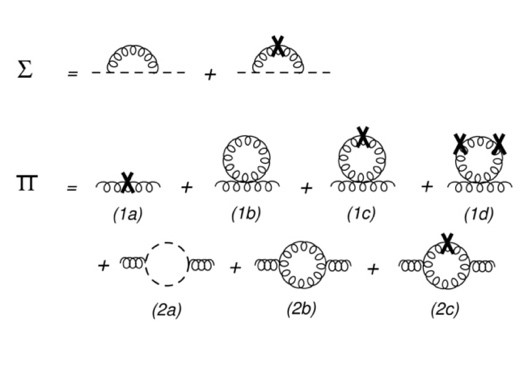
Faculty: Fabio Siringo
Almost all the visible mass in the universe arises from dynamical mass generation, a mechanism that converts massless current quarks into constituent quarks, each carrying one third of the proton mass at low energy. Unfortunately, standard perturbation theory breaks down at low energy and our knowledge of the mechanism must rely on numerical simulations on very small finite lattices. Quite recently, we developed a purely analytical method for dealing with the low energy limit of Yang-Mills theory and QCD. The method is based on a change of the expansion point of ordinary perturbation theory and provides explicit and very accurate expressions for the propagators, which are the main blocks for building an analytical description of QCD from first principles. Of course, a lot of work still has to be done in that direction. For a list of recent publications see: https://arxiv.org/search/?searchtype=author&query=Siringo%2C+F
Relativistic transport theory for hot QCD matter
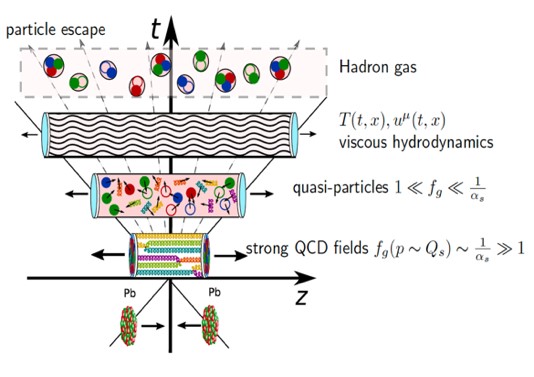
Faculty: Vincenzo Greco; Salvatore Plumari
In nuclei collisions at TeV energy scale (1012 eV) is produced a rapidly expanding transient state of plasma of quarks and gluons (QGP). QGP is the matter that permeated the Universe in the first 10 microseconds. We predict and interpret the observables of ultra-relativistic collisions at CERN that re-create "the Hot-QCD matter " by developing relativistic transport theories in unexplored regimes, incorporating recent developments in lattice QCD and high-density Yang-Mills theories. It has been thus possible to understand that this state of matter behaves as an almost perfect fluid and currently the process of rapid thermalization and the role of quantum fluctuations in the initial state are being studied. The impact that the properties of QGP have on the expansion of the early Universe is also studied.
Hadronization of the Quark-Gluon plasma
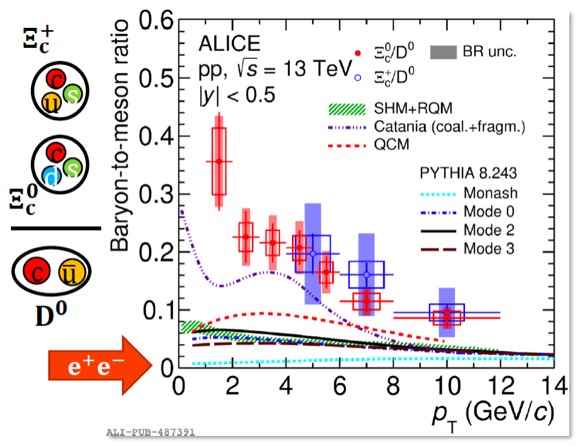
Faculty: Vincenzo Greco; Salvatore Plumari
One of the fundamental processes of QCD is hadronization which transforms quarks and gluons into protons and neutrons that make up the ordinary matter that surrounds us in the atomic nucleus. In the last decade it has been shown that this process is strongly modified by the presence of the QCD medium created in nuclear collisions above the TeV scale and hence also in the early Universe. The differences between the hadronization in AA, pA, and pp with respect to the collisions e+ e- or e-p are currently being studied. The Catania group developed hadronization models that correctly predicted the significant increase in baryon production in both the light and heavy quark sectors. The further theoretical development of these models is currently under study, starting from effective QCD Lagrangians.
Heavy Quark dynamics in relativistic collisions
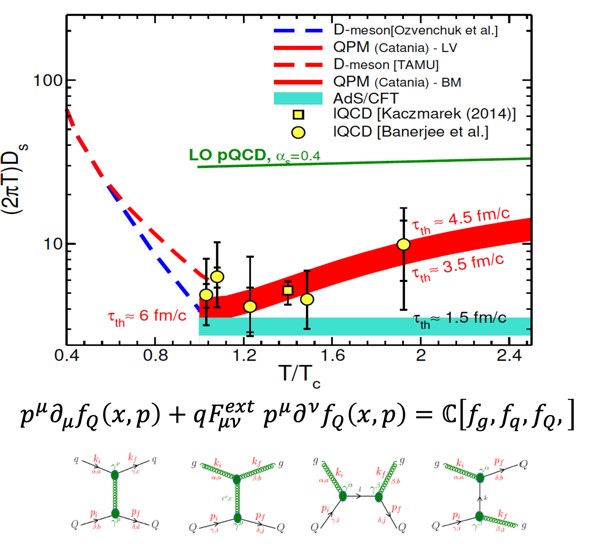
Faculty: Vincenzo Greco; Salvatore Plumari
The nuclear collisions pp, pA and AA at the LHC of CERN allow to study the dynamics of heavy quarks (charm and bottom) in Hot QCD matter. It has been observed that unlike the initial production, determined by the perturbative QCD, their dynamics in the medium is highly non-perturbative. The thermalization coefficient (and/or the diffusion coefficient) can reach the minimum values predicted by supersymmetric theories in the infinite coupling limit (AdS/CFT). The Catania group more recently has proposed heavy quarks as probes of the enormous initial magnetic fields (1018 Gauss) that could generate a topological break in the CP symmetry in strong interactions at high temperatures.
Higgs Boson and naturalness
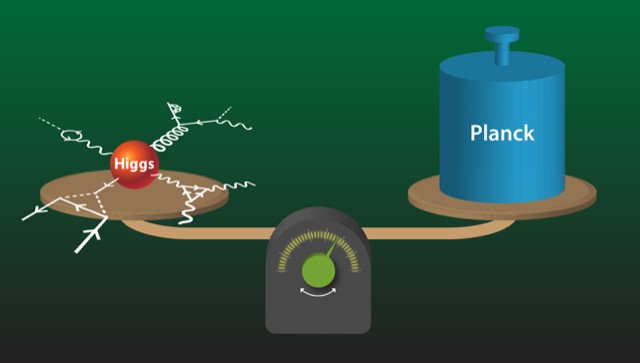
Faculty: Vincenzo Branchina
The identification of the Higgs boson, a fundamental ingredient of the Standard Model, at the Large Hadron Collider (LHC) is one of the most important discoveries in recent years. However, although the Standard Model describes very well the interactions between known particles, several questions remain open. Think for example of the problem of matter-anti-matter asymmetry in the Universe. Among the open problems, of great importance for the advancement of our knowledge on fundamental interactions is the so-called problem of the "naturalness" of the Higgs boson mass. Due to "quantum fluctuations", the mass of the Higgs boson should have a much larger value than that measured. One of the research lines of the group consists in the search and study of the physical mechanism that "protects" the mass of the Higgs boson from acquiring such a large value and at the same time explains why the measured value is (approximately) 125 GeV.
Stability of the electroweak vacuum
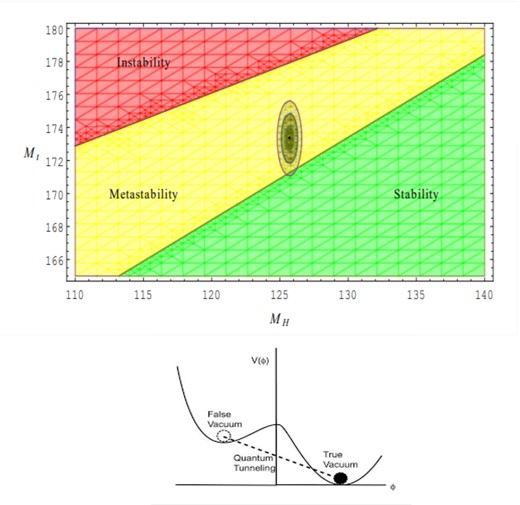
Faculty: Vincenzo Branchina
The Standard Model is not a complete theory and the search for the so-called "new physics", or physics beyond the Standard Model, is one of the driving forces for research in particle physics (theoretical and experimental). In this search, the stability analysis of the electroweak vacuum plays a very important role. We know that, due to quantum corrections to the Higgs potential, the electroweak vacuum is not the true "ground state" of the theory, but rather a metastable state, called a "false vacuum", and that our universe is currently in such a state. One of the research lines of the group, at the interface between particle physics and cosmology, consists in the study of the stability condition of this "false vacuum", in particular in the study of the role that the "new physics" plays in determining the decay time, or the "tunneling time" from the false vacuum to the true one.